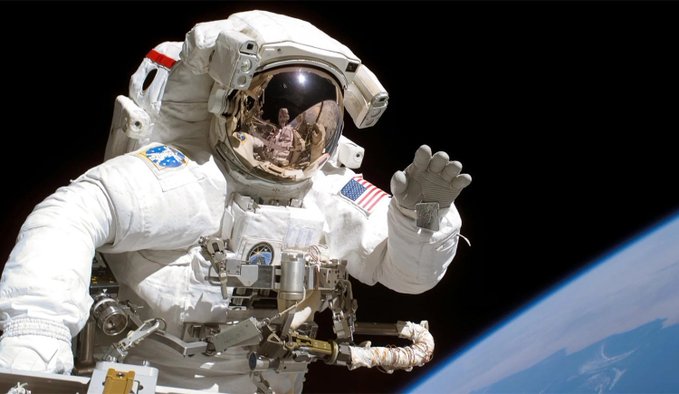The lunar lander, nicknamed Odysseus, or Odie for short, is set to take flight atop a SpaceX Falcon 9 rocket from Cape Canaveral, Florida, at 12:57 a.m. ET on Wednesday.
The rocket will propel the spacecraft into an oval-shaped orbit extending out to 380,000 kilometers (236,100 miles) around Earth. It will amount to “a high-energy fastball pitch towards the moon,” as Intuitive Machines CEO Stephen Altemus put it. His Houston-based company developed Odysseus.
Once in Earth’s orbit, the lunar lander will separate from the rocket and begin venturing on its own, using an onboard engine to boost itself on a direct trajectory toward the lunar surface.
Odysseus is expected to spend a little more than a week free flying through space, with an attempt to touch down on the lunar surface expected February 22.
If successful, Odysseus would become the first US spacecraft to make a soft landing on the moon since the Apollo 17 mission in 1972.
The launch of this lunar lander comes one month after Peregrine, a vehicle that Astrobotic Technology developed with NASA funding, failed on its mission. The Pittsburgh-based company revealed a goal-shattering fuel leak just hours after Peregrine launched on January 8. The spacecraft burned up in the atmosphere as it careened back toward Earth 10 days later.
But NASA has sponsored the creation of a small fleet of privately developed lunar landers as part of a program the space agency calls CLPS, or Commercial Lunar Payload Services.
“In CLPS, American companies used their own engineering and manufacturing practices instead of adherence to formal and traditional NASA procedures and NASA oversight,” explained Joel Kearns, the space agency’s deputy associate administrator for exploration in NASA’s Science Mission Directorate. “CLPS is a test of that philosophy.”
The program’s aim is to develop lunar landers under relatively cheap, fixed-price contracts, in the hopes of using the spacecraft to give the US a presence on the moon as a new international space race heats up.
China, India and Japan are the only nations to have soft-landed vehicles on the moon in the 21st century. And while NASA remains confident the US will be the first country to return humans to the lunar surface, the global rush to plant robotic spacecraft on the moon is reaching a fever pitch.
What separates NASA’s approach from others is the way it has embraced commercialization — the idea that multiple spacecraft can be developed more cheaply and quickly with private industry competing for contracts than if the space agency were to develop its own.
Intuitive Machines’ Altemus calls this strategy “forced innovation.”
“Companies had to think of ways to balance the risk (and) think of ways of getting around technical problems in a rapid amount of time with less dollars to spend,” he stated. “So it really drove down — from the start — the cost of lunar access, so that it can be done … cheaper than what had been done historically in the Apollo days.”
All told, Intuitive Machines could receive up to $118 million from NASA for this mission.
The NASA CLPS program does not hinge on every mission making a safe touchdown, but these first landing attempts could set the tone and pace for the space agency’s renewed efforts to explore the moon robotically before trying to return astronauts to the lunar surface later this decade.
Founded in 2013, Intuitive Machines will be the second of the CLPS program participants — after Astrobotic — to attempt a moon landing. (Two additional CLPS missions are planned for later in 2024.)
Of the four companies slated to deliver lunar landers to the moon under the CLPS program, Intuitive Machines has the most orders from NASA — with three moon missions on the books.
The Odysseus lander is a model called Nova-C, which Intuitive Machines describes as roughly the size of a British telephone booth with legs attached.
The company aims to land the spacecraft near the moon’s south pole, an area of high interest in the space race. This region is suspected to be home to water ice that could one day be converted into drinking water for astronauts or even rocket fuel.
The south pole is also the same lunar region where NASA is seeking to land astronauts later this decade.
The lander will be equipped with six NASA payloads — an array of scientific instruments designed to test new technology or evaluate the lunar environment, such as a study of how the moon’s soil behaves during landing.
Also on board will be commemorative objects — including a sculpture representing the moon phases designed in consultation with Jeff Koons — and technology from private-sector companies, including Columbia Sportswear, which developed insulation material for the lander.
If all goes according to plan, Odysseus will spend seven days operating on the moon as the lunar lander basks in the sun. But as the landing zone moves into Earth’s shadow, experiencing lunar night, the spacecraft will be put to sleep.
pll/ro/cdg










